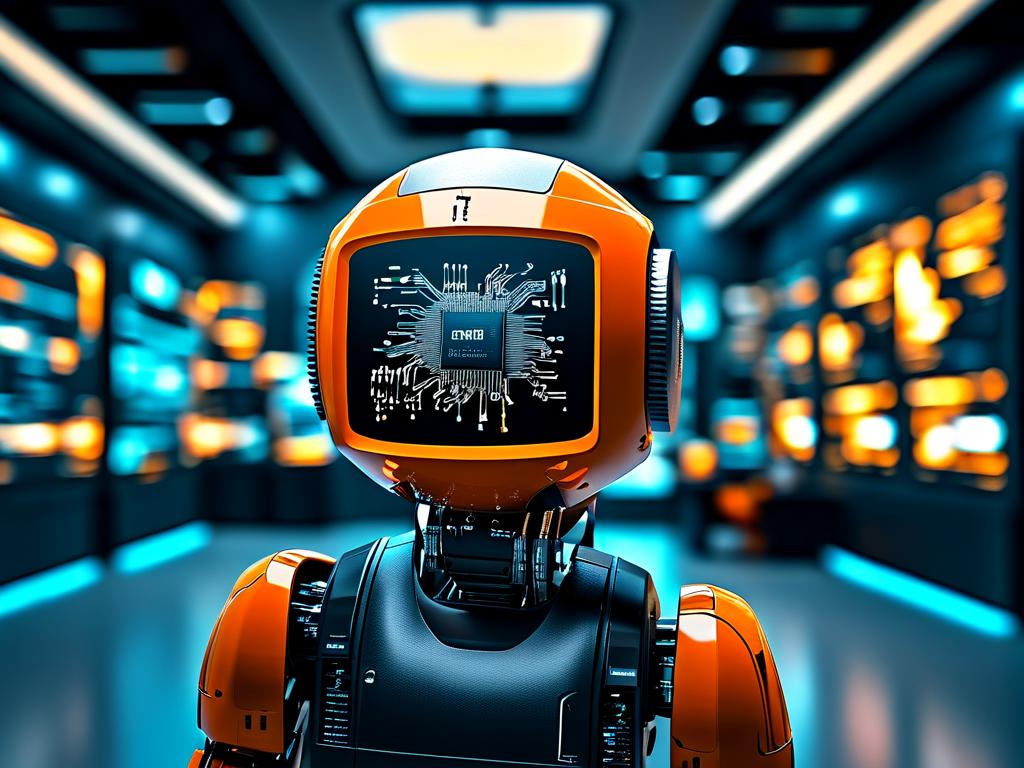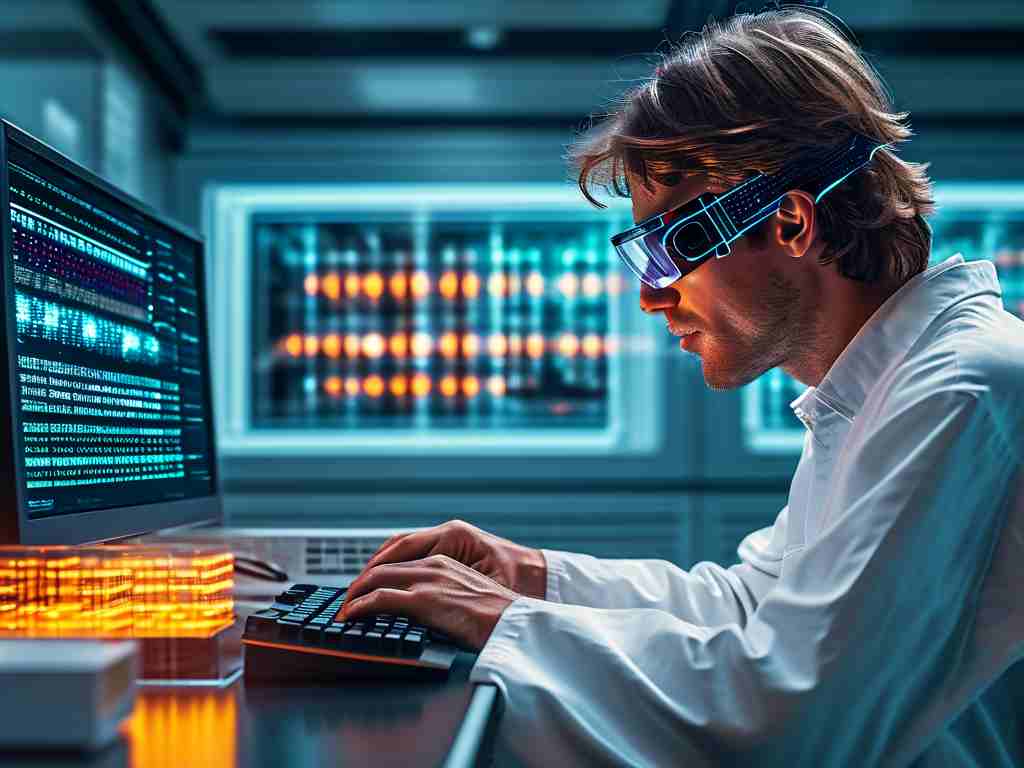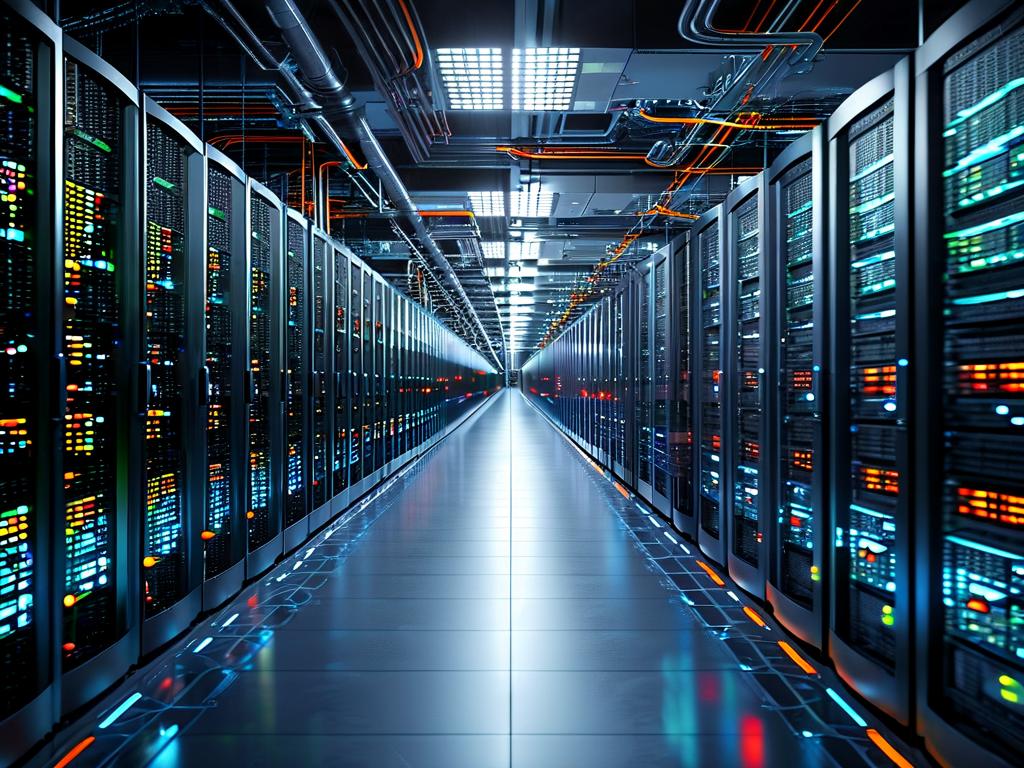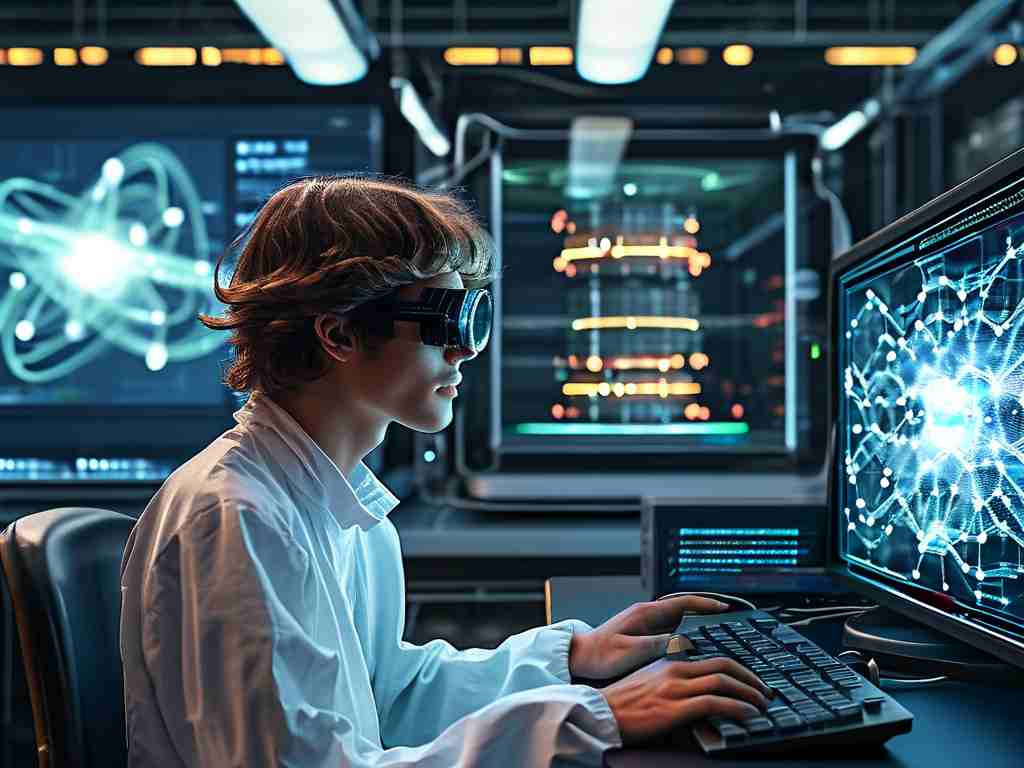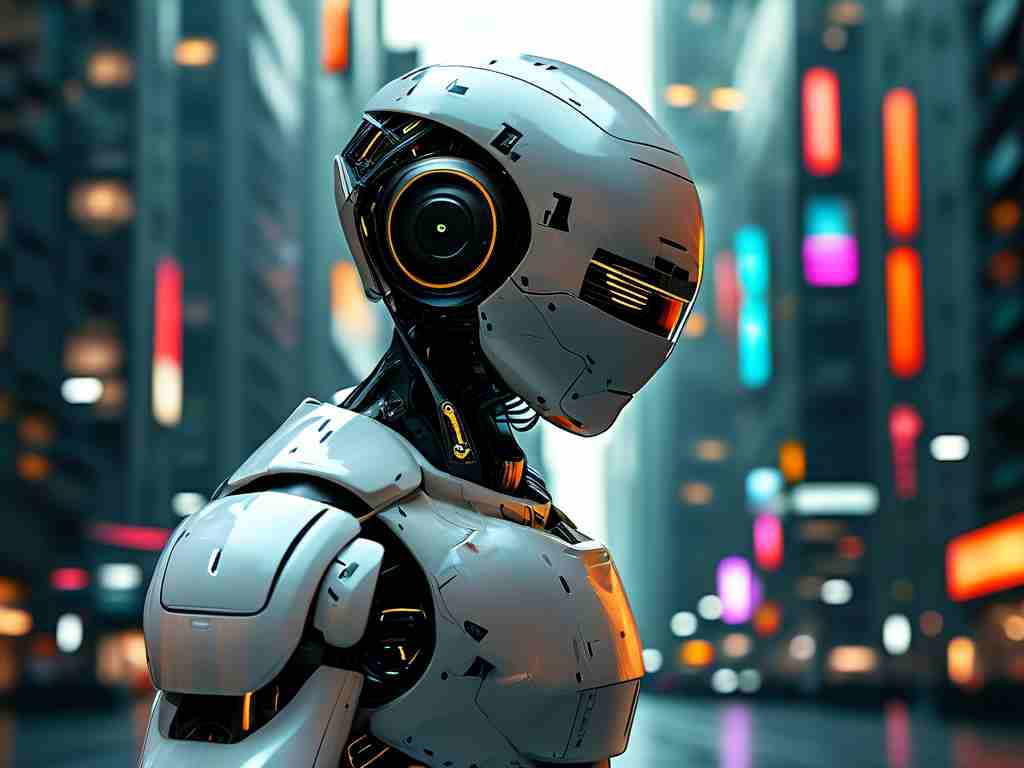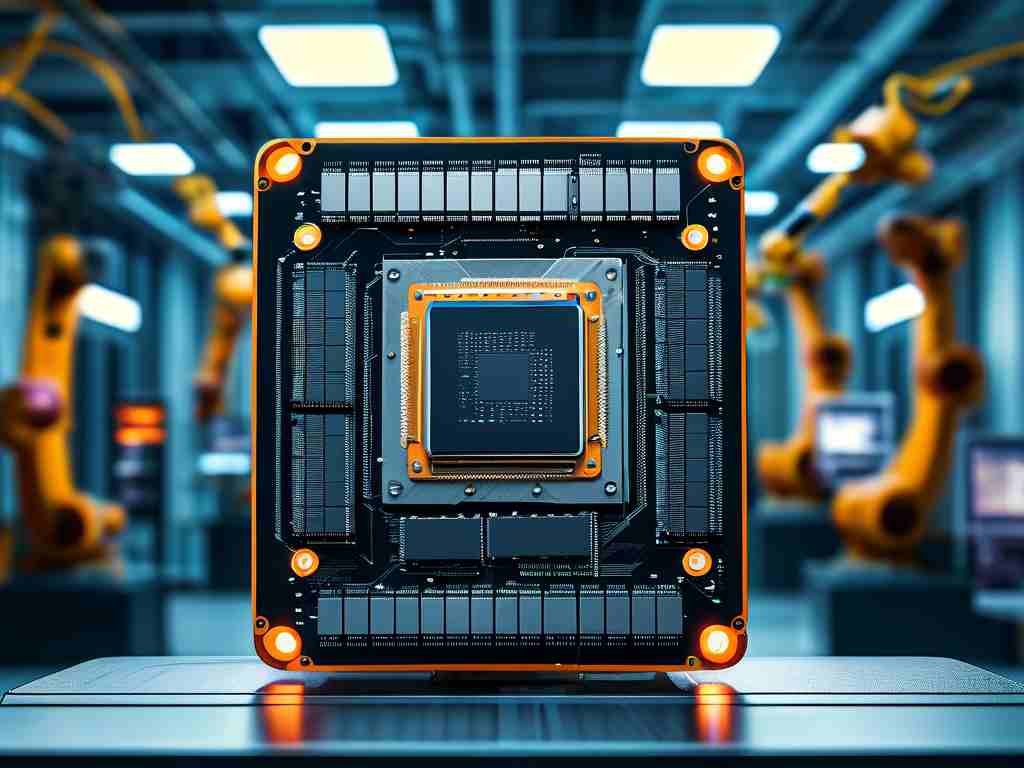The rapid advancement of robotic technologies continues to redefine industries and daily life, driven by multiple interconnected factors. While technical breakthroughs often dominate discussions, the development trajectory of robotics is shaped by a complex interplay of technological, economic, and societal forces. This article explores seven critical elements influencing the field, offering fresh perspectives on their synergistic impacts.
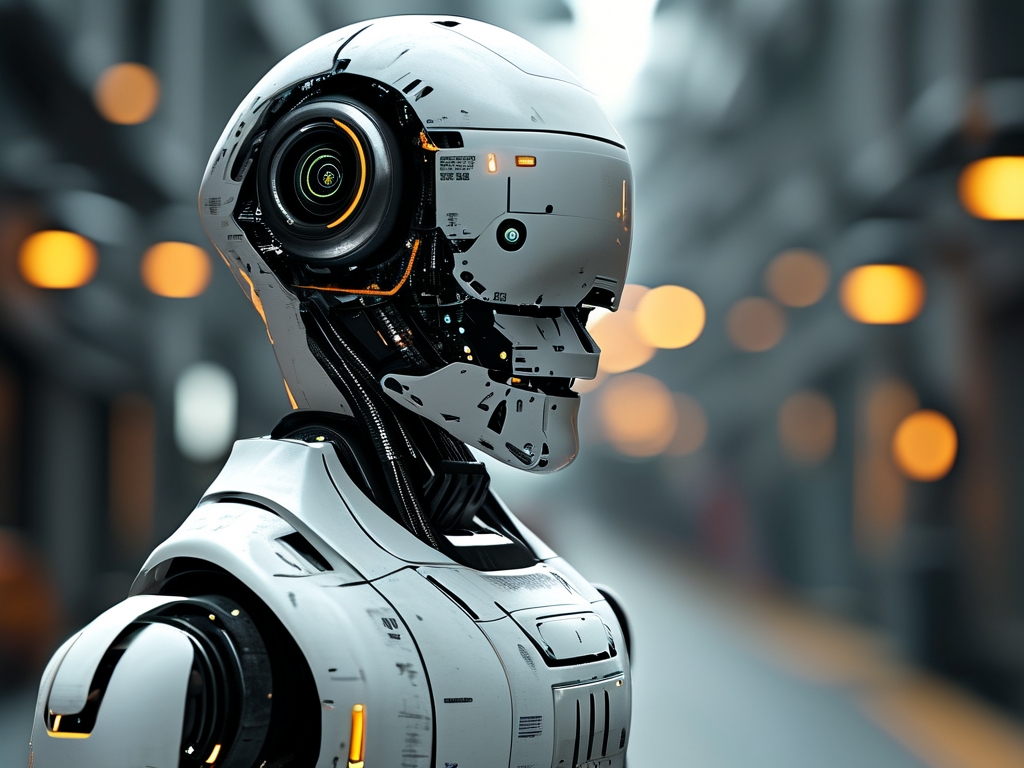
At the core of robotic innovation lies hardware-software integration. Modern systems require precision-engineered mechanical components working in harmony with adaptive algorithms. For instance, collaborative robots (cobots) now incorporate force-sensitive actuators paired with machine learning models that enable real-time adjustment to human interactions. This duality creates solutions like the surgical robots used in minimally invasive procedures, where hardware stability and software decision-making jointly determine success rates.
Market demand patterns act as both catalyst and compass for robotic development. The e-commerce boom accelerated warehouse automation, with companies deploying mobile robots that evolved from simple guided vehicles to vision-based autonomous systems. Conversely, niche sectors like deep-sea exploration robotics progress slower due to limited commercial incentives, relying more on academic research and government funding. This dichotomy highlights how economic viability steers technological priorities.
Regulatory frameworks form an often-overlooked third dimension. Safety certifications like ISO 10218 for industrial robots directly influence design parameters, while data privacy laws affect service robots handling sensitive information. The European Union's proposed AI Act, requiring transparency in robotic decision-making, is pushing developers to create explainable algorithms—a shift from traditional "black box" systems.
Material science breakthroughs quietly underpin robotic progress. The emergence of self-healing polymers allows drones to repair minor wing damage mid-flight, while graphene-based sensors enhance tactile feedback in prosthetic limbs. These advancements enable robots to operate in extreme environments, from radioactive disaster zones to Martian terrains, expanding their application scope.
Human-robot interaction (HRI) research significantly impacts adoption rates. Studies showing 68% productivity gains when factory workers partner with cobots (2023 IFR report) are shifting corporate strategies. However, cultural differences surface in global markets—Japanese manufacturers report higher workforce acceptance of humanoid robots compared to European counterparts, emphasizing the need for localized HRI approaches.
Investment landscapes reveal another layer of influence. Venture capital flooded into agricultural robotics after 2020, spurring innovations like AI-powered weeders. Meanwhile, defense budgets fuel military robotics development, exemplified by the 40% increase in unmanned ground vehicle R&D spending among NATO members (2022-2024). Such funding patterns create technological "hot zones" with cascading effects across adjacent industries.
Ethical considerations are emerging as a critical brake and steering mechanism. Public debates about job displacement force developers to emphasize augmentation over replacement narratives. In elder care robotics, emotional design principles now guide development to preserve human dignity—a response to earlier models criticized for being overly utilitarian.
The environmental dimension gained prominence with recent sustainability mandates. Solar-powered inspection robots now monitor oil pipelines, while recyclable drone prototypes address e-waste concerns. This green transition is reshaping supply chains, with manufacturers prioritizing rare-earth-free motors and biodegradable components.
Looking ahead, the convergence of 5G connectivity and edge computing promises to overcome current latency limitations in swarm robotics. Early trials in wildfire monitoring demonstrate how distributed robot networks can make collective decisions without central servers—a leap enabled by communication infrastructure improvements.
Ultimately, robotic evolution mirrors humanity's aspirations and anxieties. As climate change accelerates, underwater robots mapping coral reefs and autonomous reforestation drones exemplify technology aligning with ecological imperatives. The next decade will likely see these influencing factors grow more intertwined, demanding holistic strategies from developers and policymakers alike.



